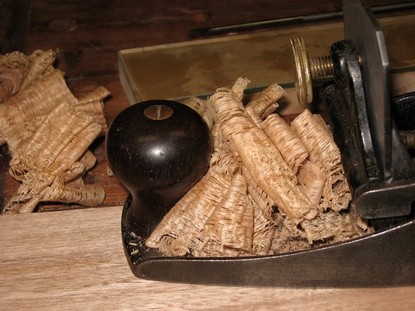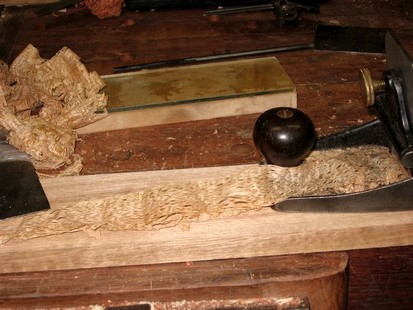I purchased a Stanley 80 and put it to use. First I flattened the bottom and cleaned it up. I'm pretty sure I did a good job sharpening the blade and rolling over the burr. It seems to be taking shavings as it should. Maybe I was expecting too much but it doesn't seem to leave that great of a surface. It seems to leave a rough "pilly" surface, kind of like the one left when I use a card scraper. I wasn't expecting it to leave the same surface as a smoothing plane but I guess I thought it would be better then the card scraper. I can see getting use out of it leveling panels after a glue up, but it lacks as a finishing tool.
Some people seem to get great results with them. Did I do something wrong or am I getting the same results as others?
IMG_0671.jpg
IMG_0672.jpg





 Reply With Quote
Reply With Quote






